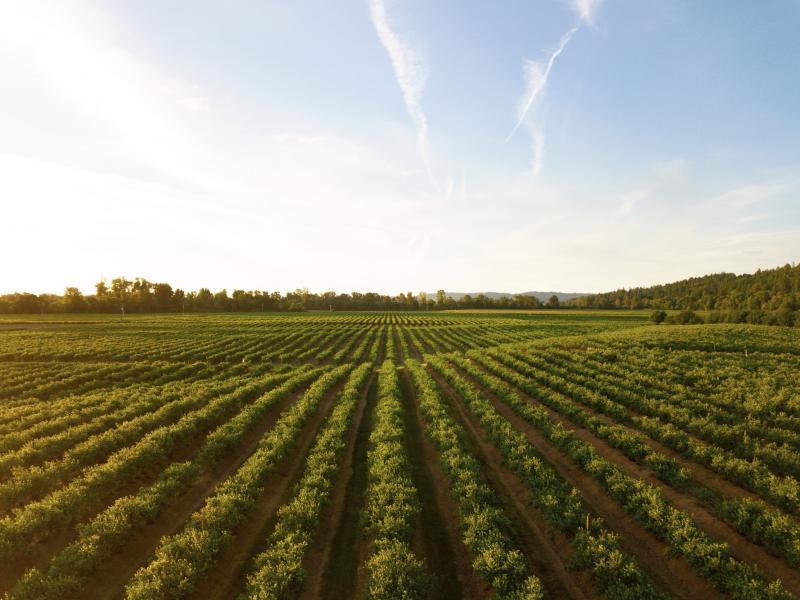Secure land tenure

Description of the innovative solution
Land tenure is the relationships that people, individuals or groups, have to land, natural resources, and capital, governed by cultural, social, or political institutions. Land tenures regulate who has the rights to the land and resources, what body or person owns and controls the land, and inheritance, allocation, and transfer matters. Secure land tenures occur when people believe that other individuals, groups, and governing bodies recognize their rights to land and that their land is protected if natural disasters or other challenges occur. Secure land tenures are integral for natural...
Land tenure is the relationships that people, individuals or groups, have to land, natural resources, and capital, governed by cultural, social, or political institutions. Land tenures regulate who has the rights to the land and resources, what body or person owns and controls the land, and inheritance, allocation, and transfer matters. Secure land tenures occur when people believe that other individuals, groups, and governing bodies recognize their rights to land and that their land is protected if natural disasters or other challenges occur. Secure land tenures are integral for natural resource management, providing ethnic minorities, women, and poor workers with rights to recognized land ownership, and bolstering the economy and individuals' income. There is a crucial need for safeguarding vulnerable individuals and families against catastrophic collapse in food access during periods of stress – both acute or prolonged. This innovation includes a range of options that could be applied to various community actors depending on their level of vulnerability and capacity to engage in community support during these periods. Multi-pronged interventions would include direct support (e.g. cash and/or food transfers at the individual, household and/or community level), in-kind resource payments (e.g. food, seeds, materials, skills trainings,) in exchange for local infrastructure support when possible (e.g. building roads, on-farm terracing), and credit incentives for producers to focus on high priority nutrition dense crops.
Examples and additional resources
Real-world examples
See this solution in action in different contexts and settings around the world
Understanding Poverty: Land
Additional resources
Learn more about this solution through studies, articles, business cases, and other information
Land tenure security in selected countries
Land Tenure, Housing Rights and Gender
Contacts
Connect to others working on and with this solution around the world
Pathways to uptake
Engage with our “backcasting tool” to imagine and design “pathways to uptake” for this solution in your setting.
This process involves defining a future vision of this solution being used in your context, and then working “backwards” to identify necessary steps to achieve this vision by 2030. Going through this exercise as an individual or with a team can help to clarify the WHAT/WHEN/HOW of moving a solution (or package of solutions) towards having major impact. We hope these pathways will inspire outside-of-the-box thinking, creative approaches, and actionable concrete steps to move ideas into action.
Pathway builder
Explore pathways for this solution
Be the first one and add a pathway for this solution!